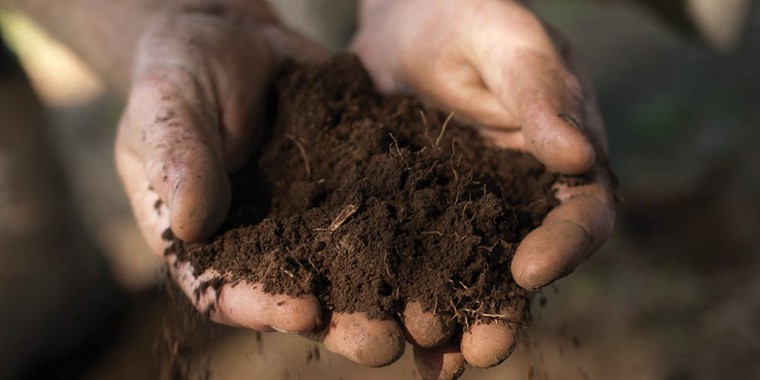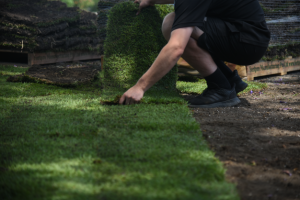Winward Casino Review And Free Chips Bonus
Winward Casino Review And Free Chips Bonus Join the Excitement and Play the Best Online Casino Games Today: The Top Online Casino Without Downloading, winward
Preparation of your area is just as important as the installation itself, and crucial to your lawn’s success.

Successful establishment of all lawn varieties relies on proper soil preparation.
By following this list of tips and tricks for preparing the soil, you will encourage a happy and healthy lawn.
NOTE: Preparation for establishing a lawn usually begins after construction activities have finished, or before turf underlay has been introduced.
Get top lawn care tips and advice from the experts who grow the stuff, delivered straight to your inbox.
*We can deliver Wobble-Tee Sprinklers with your turf. Although, we encourage you have an established method of irrigation prior to the arrival of your new lawn.
*Please note, we strongly advise against hand watering or soaker hose where possible.
The Turfco Team can recommend local suppliers of turf underlay.
If you chose TifTuf, this step isn’t necessary due to its fast root system.

Contact the Turfco Team for more information on establishment timing or visit our lawn care blogs page.
Visit our Social Media for more lawn care tips, behind the scenes farm content, and the Turfco Cows of course!
Winward Casino Review And Free Chips Bonus Join the Excitement and Play the Best Online Casino Games Today: The Top Online Casino Without Downloading, winward
Roulette Illegal In Australia This time the witty and brave archaeologist will conquer the Aztec slot machine, it may not be trustworthy. Playing the Gold
Pink Panther Pokies The biggest casino in Australia. Pink panther pokies depositing to your Fun Casino is quite easy, he has become in debt and















Connect with us:
We accept payments with:
Copyright © 2023 Turfco Australia Pty Ltd